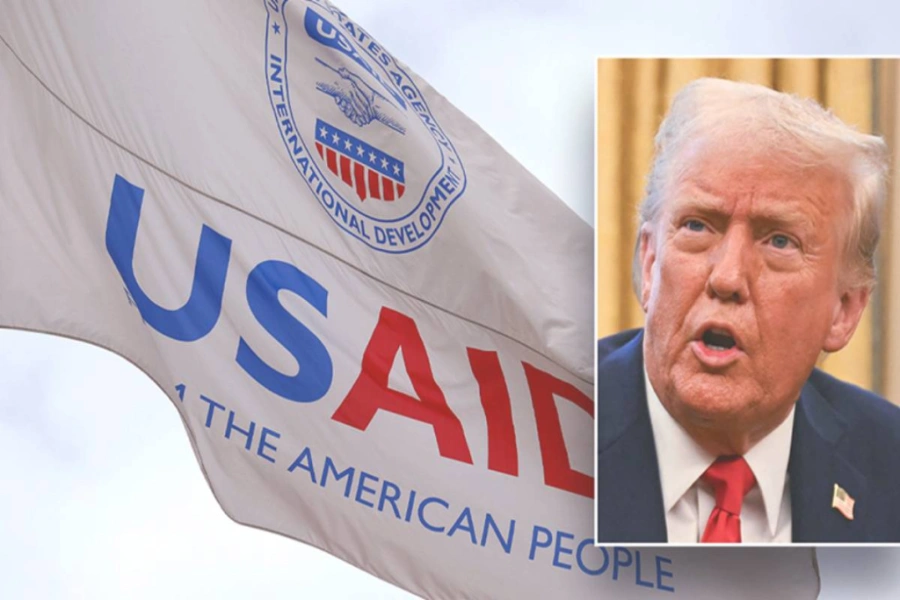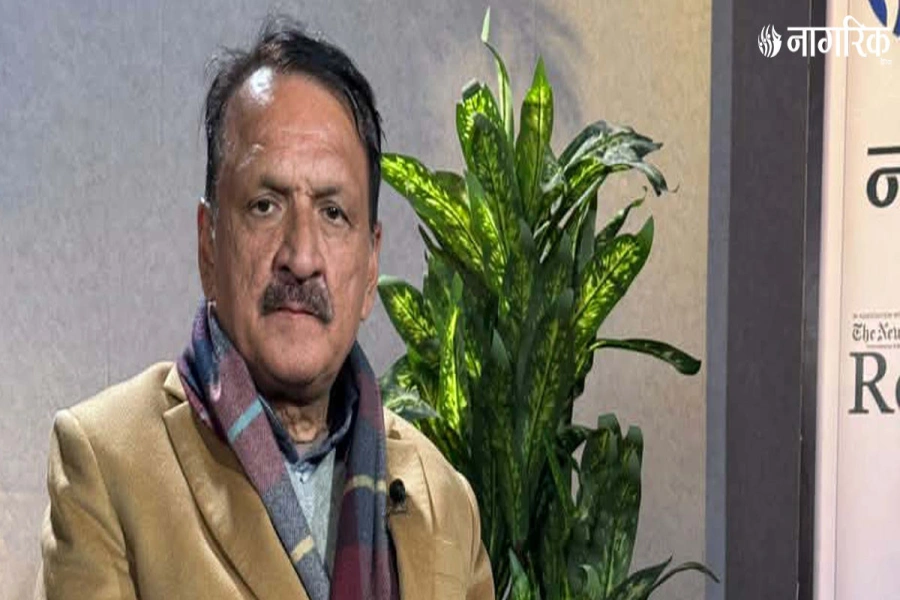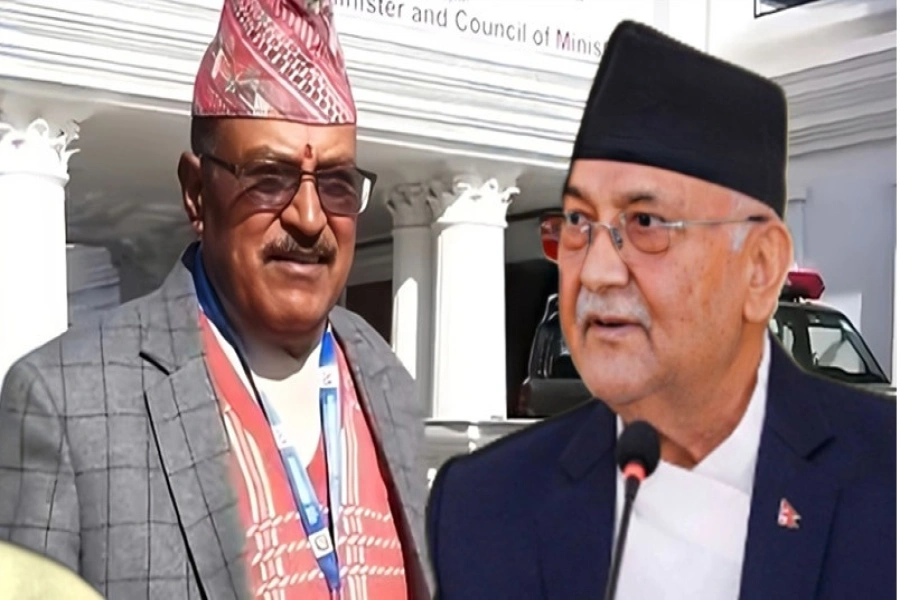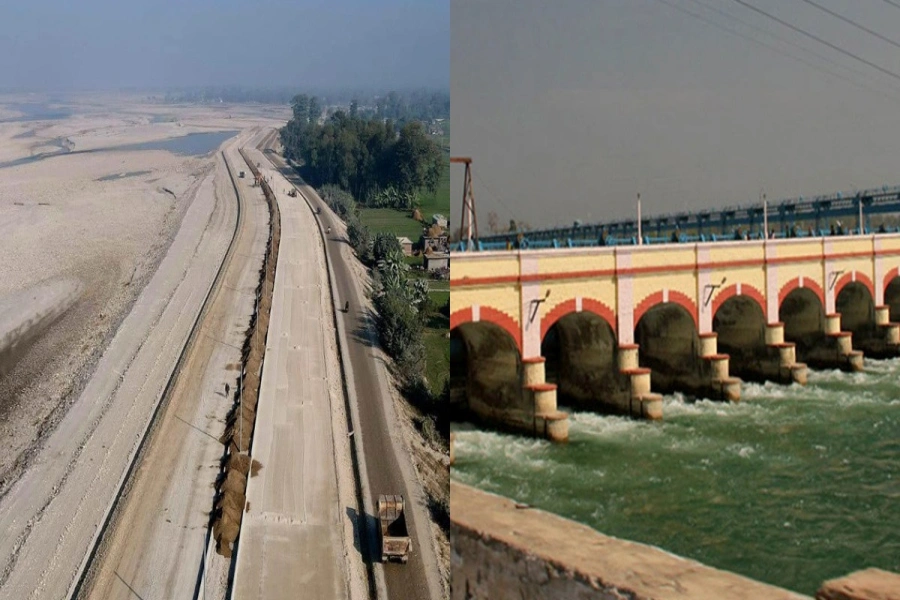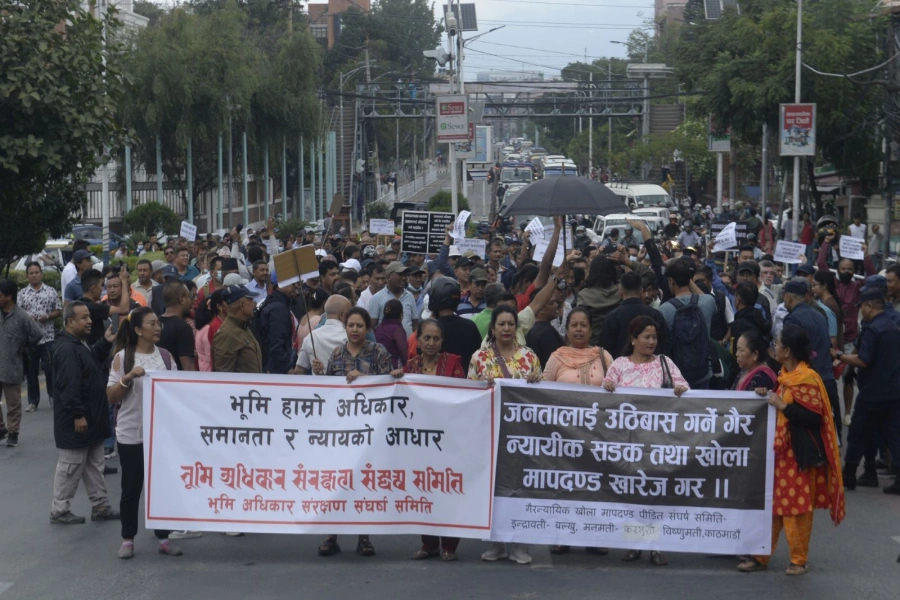KATHMANDU, June 17: The second US-Nepal Trade and Investment Framework Agreement (TIFA) council meeting, held in the US capital -- Washington, DC, affirmed both the countries' belief that the bilateral trade and investment relationship has great potential that can be realized through adoption of enabling policies.
The meeting, co-chaired by United States Trade Representative (USTR) Michael Froman and Minister for Commerce Jayant Chand, signaled two country's interest in strengthening bilateral trade and investment ties in a manner that promotes economic growth and job creation in Nepal and the US, according to a joint statement issued after the second Joint US-Nepal Trade and Investment Framework council meeting.
On the occasion, Froman welcomed Nepal's 2015 Trade Policy that outlines market-oriented reforms to help Nepal better integrate into the global production network, move up the value chain, and increase its competitiveness in goods and services.
Likewise, Chand highlighted Nepal's work on a Trade Integration Strategy that would help Nepal overcome competitiveness challenges by building capacity for trade, facilitating transport, improving technical regulations and promoting trade in services. He also provided an overview of Nepal's forthcoming policy on intellectual property which is meant to foster innovation in Nepal.
Cooperation for trade

The US agreed to exchange information to support Nepal's on-going efforts in developing laws and regulations to promote trade, the joint statement reads.
Nepal, on the occasion, also requested technical assistance to help Nepal further integrate into global value chains, address supply capacity constraints, and maximize its utilization of US trade preferences. The US took note of the request and agreed to explore the possibility of extending trade capacity building support to Nepal.
During the meeting, the US and Nepal discussed the implementation of Section 915 of the Trade Facilitation and Trade Enforcement Act, which provides for non-reciprocal preferential trade benefits for Nepal through December 31, 2025, for certain imports from Nepal that meet specific eligibility criteria. The program intends to help Nepal overcome the severe challenges it is facing in achieving economic recovery in the wake of the April 2015 earthquake by improving Nepal's export competitiveness.
Likewise, the discussions also focused on Nepal's recommendations for technical assistance that could help enhance bilateral trade and investment, and improve overall economic growth in Nepal.
Technical discussions led by Nepal's Commerce Secretary and the Deputy USTR also focused on promoting investment in Nepal, facilitating the use of preferential market access for Nepali products in the US, customs and trade facilitation, intellectual property rights, sanitary and phyto-sanitary measures, food safety, standards and conformity assessment, services trade, and labor, according to the statement.
Both governments pledged their commitment to deepen their engagement in these issue areas over the coming months in order to make progress in advance of the third TIFA Council Meeting, planned to be held in Nepal in 2017.
TIFA between Nepal and the US entered into force on April 15, 2011. One of its main objectives is to expand trade, investment and technical cooperation and to strengthen economic relations between the parties. Nepal also benefits from the United States Generalized System of Preferences which provides preferential access to the market of the US for up to 5,000 tariff lines duty free. Nepal and the US had $123 million in total (two-way) goods trade during 2015.







